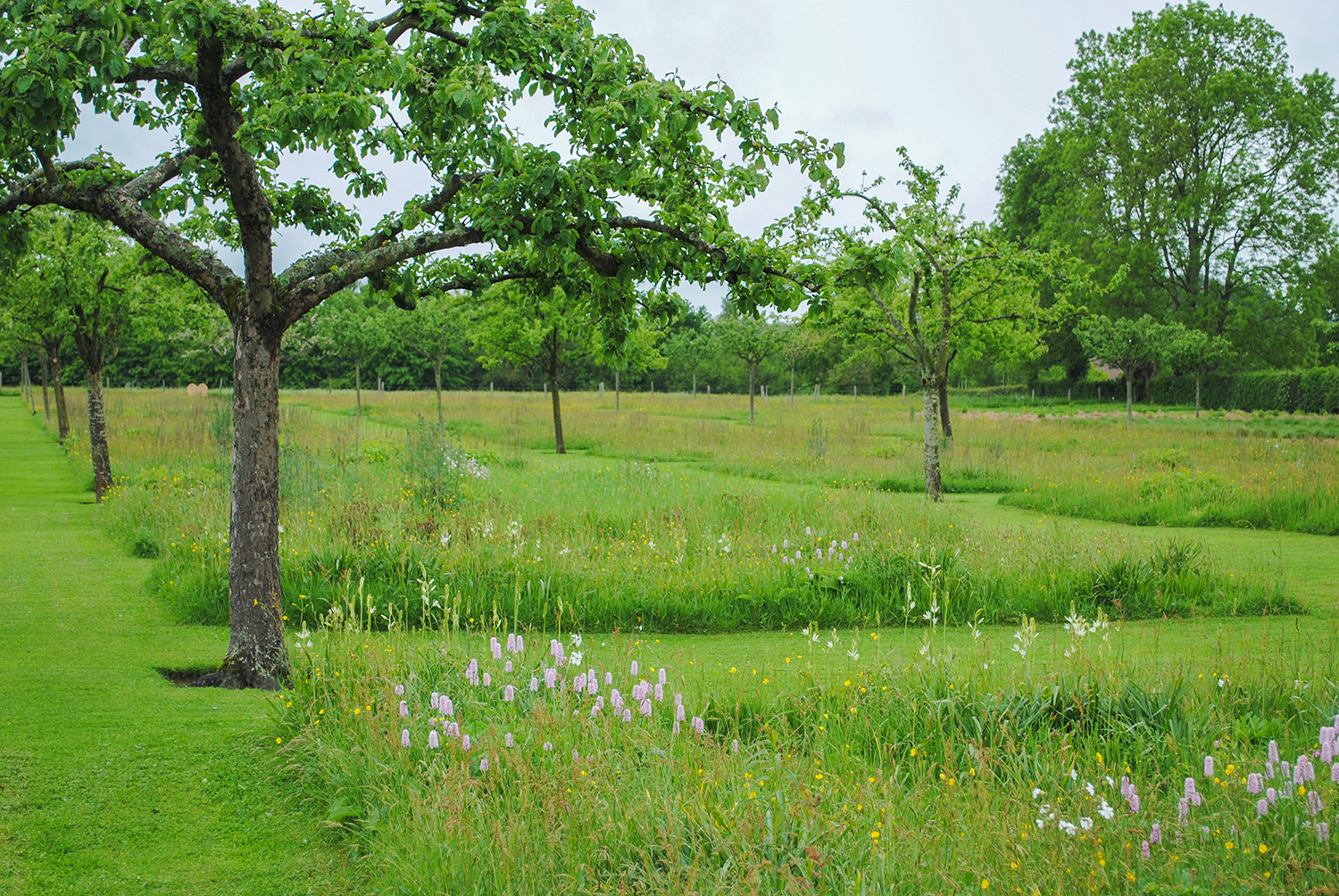I love the look of a prairie. I'm not sure when the adoration began, but my earliest memory of taller-than-turf grasses is as a child walking on the back hill at my grandparent's house where my great-grandfather had allowed the vegetation to grow wild for a few seasons.
I can see it now—my head barely bobbing out of the ocean of amber broomsedge (Andropogon virginicus) as I trod along the paths I had tromped down. It. Was. Fun.
While the prairie at my grand-parents house is long gone, seeing grasslands like this one basking in the glow of sunset brings back memories of my childhood prairie rambles.
Parts of west Tennessee actually used to be tallgrass prairie, and that little patch of broomsedge on the hill was remnants of that ecosystem being expressed. Now, it's uncommon to find a large patch of tallgrass in west Tennessee since much of the land is farmed. You instead see traces of the prairie along the roadside and in fencerows, mere borders of the angular, agricultural puzzle pieces that cover the countryside. Still, even these little slivers can be inspiring to a horticulturist such as myself, and on my driving trips to and fro, my eyes scan the open roadsides (very safely of course!) for plant patterns and new species.
I believe this love of grasslands is why I have gravitated toward designed plant communities and mixed plantings of perennials that have really taken off within the past few years. Seeing that people were actually wanting to create designed grasslands was and is thrilling for me as a horticulturist. And, to be able to go and experience some of these designs over the past few years has been enlightening. Inspiring. Exciting.
Piet Oudolf's Hummelo, a central nexus for the mixed planting movement. Here, grasses and forbs seamlessly intermingle together and appear as if planted by nature. From my reading of Hummelo, I learned this planting where the nursery used to be is mainly derived from a seed mix.
Flowering Echinacea (purple coneflower) and verdant Amsonia hubrichtii (threadleaf bluestar) on the High Line provide a foil to the metallic cityscape of New York City.
The rectangular meadow patches at Le Jardin Plume in France are anything but square.
Eryngium yuccifolium (rattlesnake master) and Kniphofia 'Wet Dream' (red hot poker) erupt from the haze of muhly (Muhlenbergia capillaris) at Chanticleer's elevated walkway.
Now, I'm wanting to learn more about how do we create and employ these mixed plantings in the southeast US. Much of the approach has been developed in regions further north, and I believe that the technique needs to be trialled and tweaked for the south. Our habitat is different, our climate is different, and our species composition is different.
And, in an attempt to learn, this semester my students and I will be designing grassland-style plantings in the Sprout garden on the campus at SFA. With Sprout we focus on creating tangible growth for plants, students, and the community to bridge the gap between horticulture and people. So far, we have found relevance with students and the locals though our growing food and cut flowers. And, now part of this garden will be planted to provide food for beneficial insects like pollinators and predators. Students care about sustainability, and designed plant communities are considered a more sustainable approach to landscaping.
We call these areas food prairies, since the garden has been designed with food in mind AND because the areas will provide food and habitat for beneficial organisms. The name arose one day in a conversation with my colleague Dawn Stover, another meadow aficionado. I was telling her about how I wanted to plant perennials in the Sprout garden to make it more beautiful and to add habitat and resources for beneficial organisms, and she commented on how we would have food for people and food for our insect friends. From that conversation, the name for these plantings just clicked.
Of course, to know what will grow well in mixed plantings in the southeast, we must evaluate plants. Thanks to trial material from Hoffman Nursery, Intrinsic Perennial Design, and Jelitto we've been able to assess many different species in unofficial trials like you see here.
Since the Sprout garden is designed to resemble a reclaimed farm, the prairies will fit in quite nicely with our overall theme by resembling fencerows between fields. After all, most agrarian areas have some type of wooly part or "idle spots" as Aldo Leopold called them where wildflowers and grasses bloom in the absence of disturbance. Usually, these areas are rejects and castaways, but in our garden this flora will be planted on purpose. Plus, research shows that having fencerows that have been enhanced with pollen- and nectar-rich plantings can reduce pest pressure in surrounding fields.
I'll keep you posted on the food prairie's progress. Conceptualizing them and designing them is exciting. The whole process makes me feel like a kid again.





